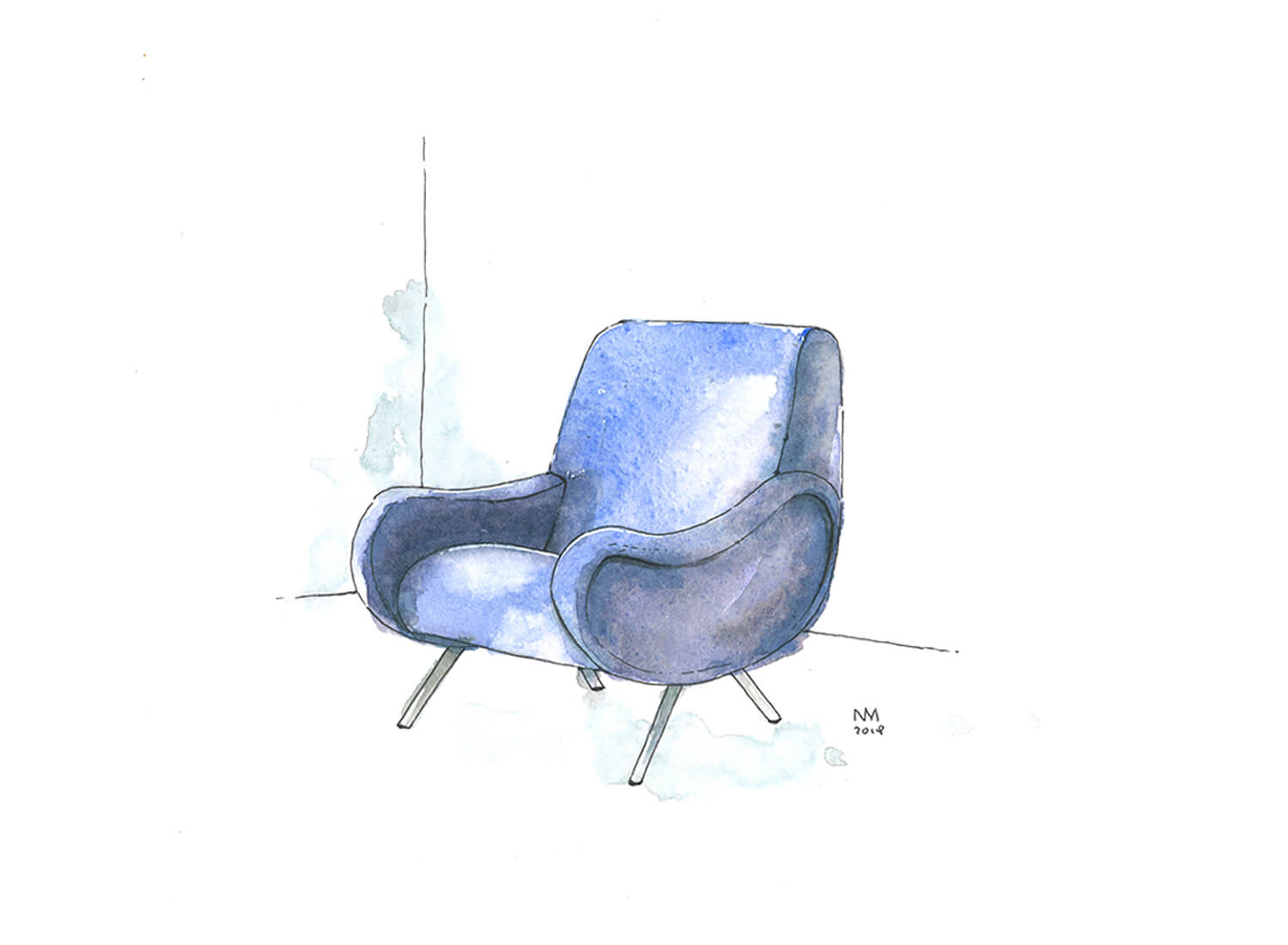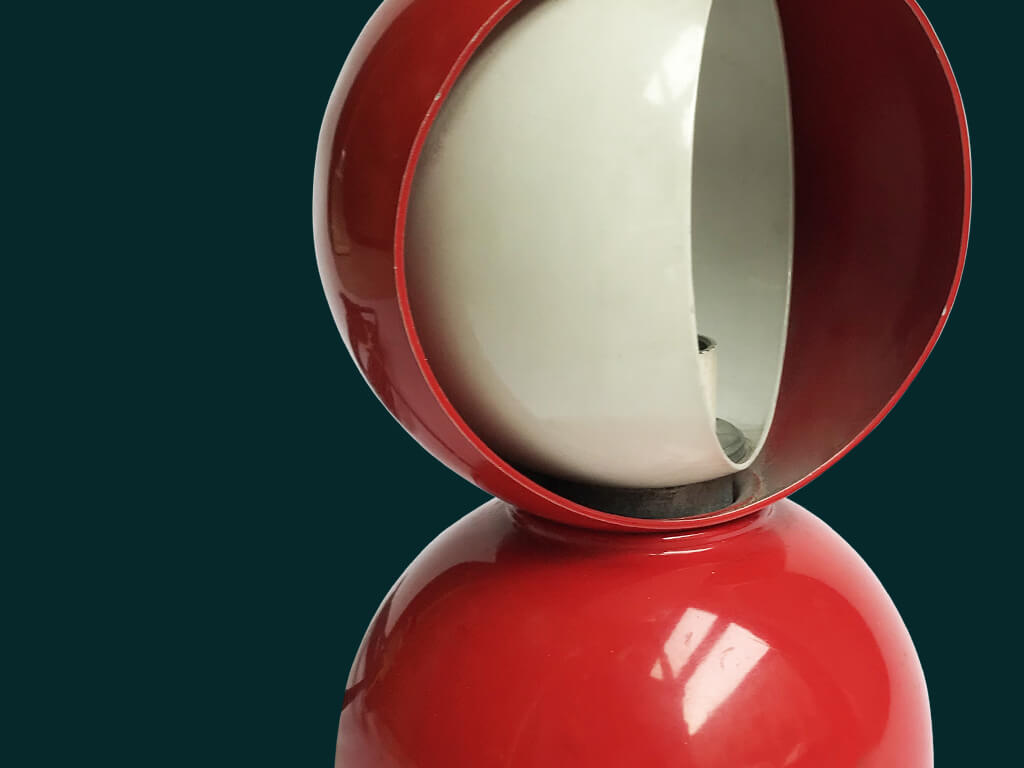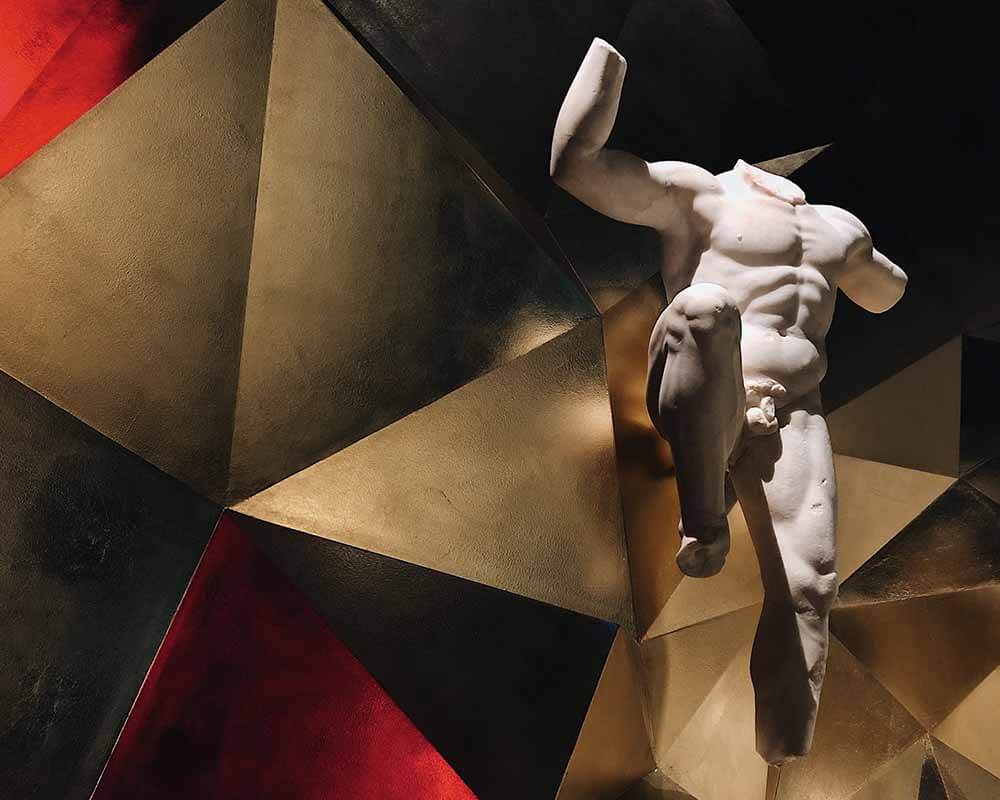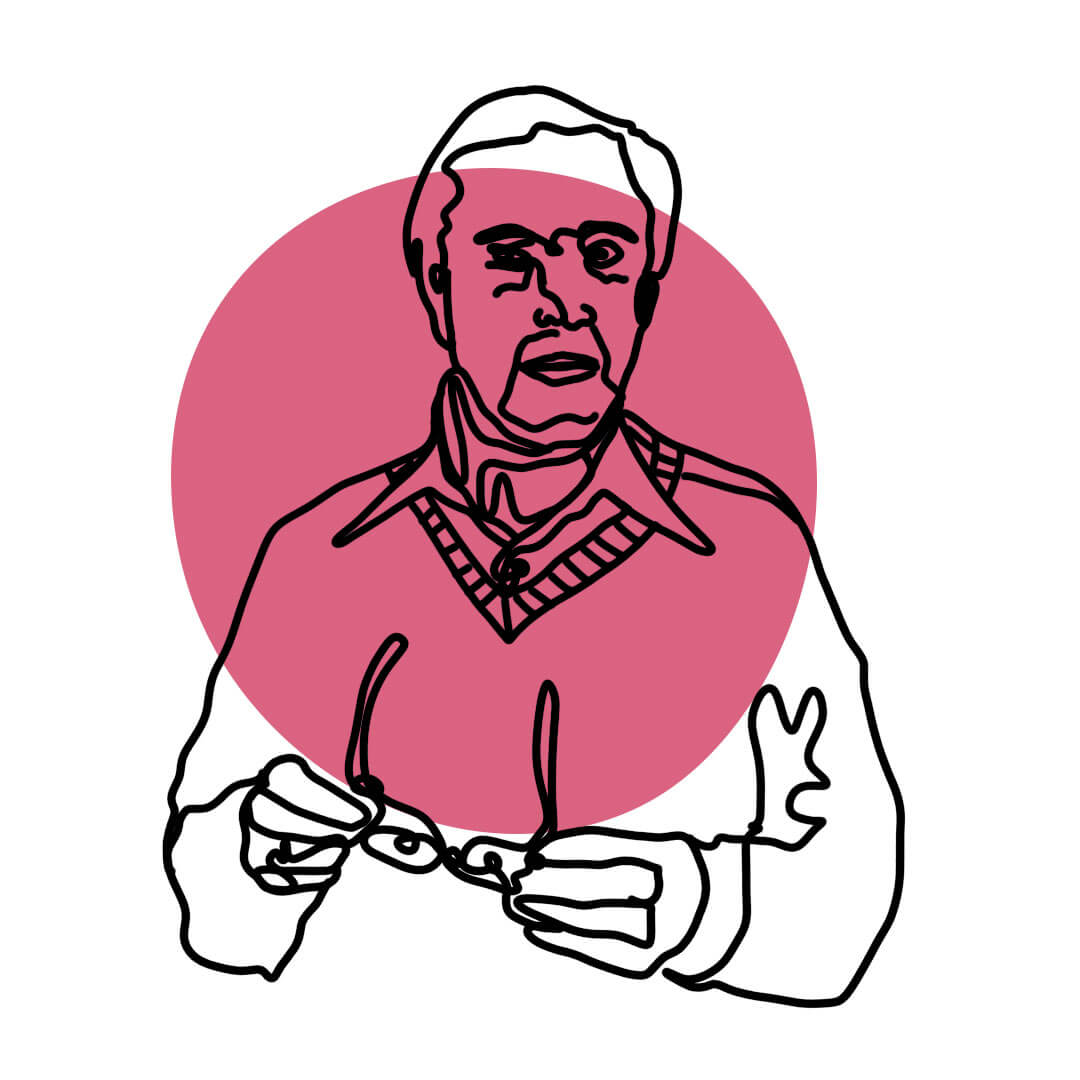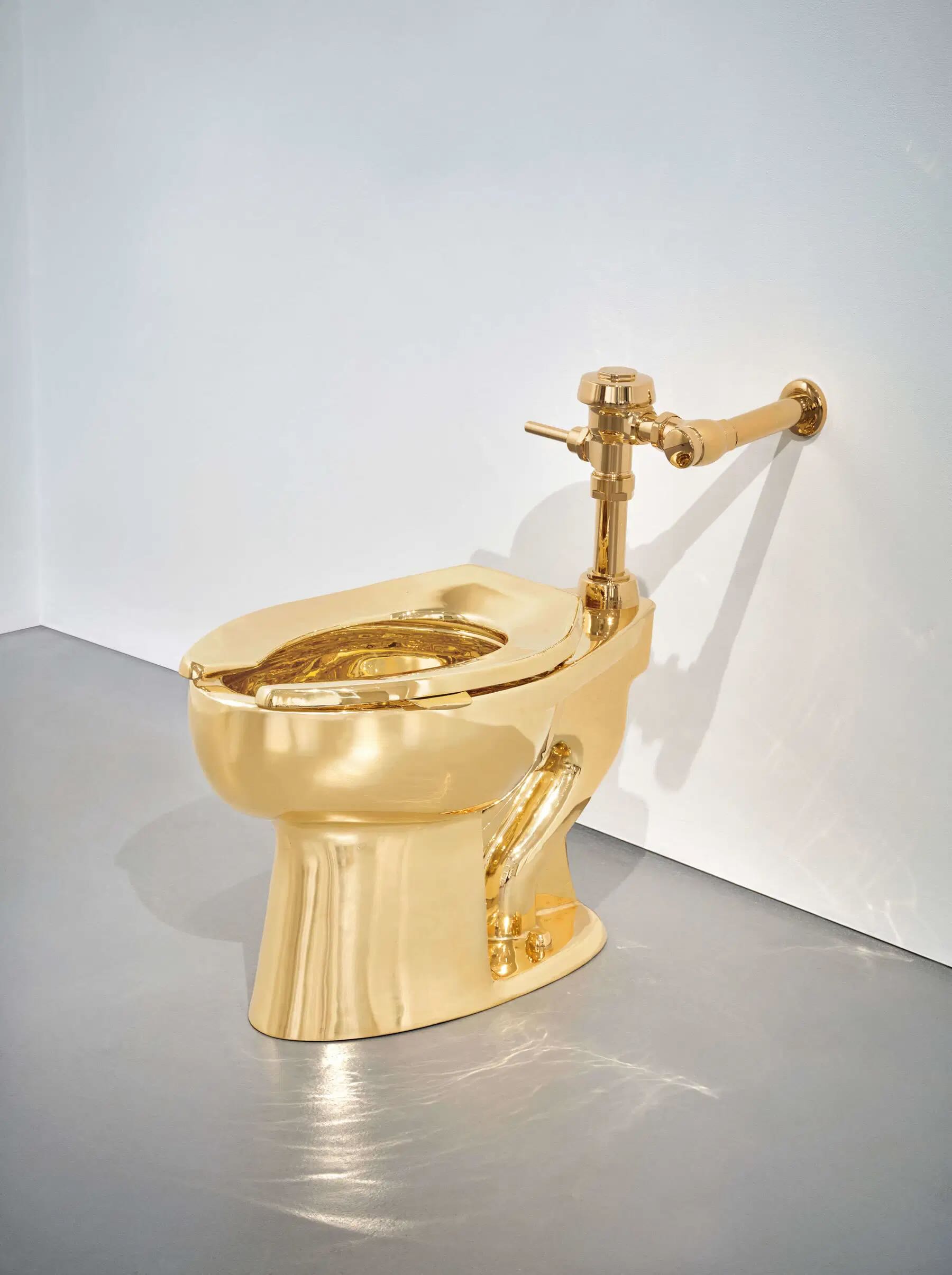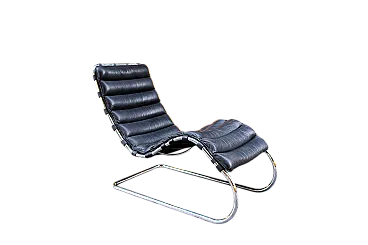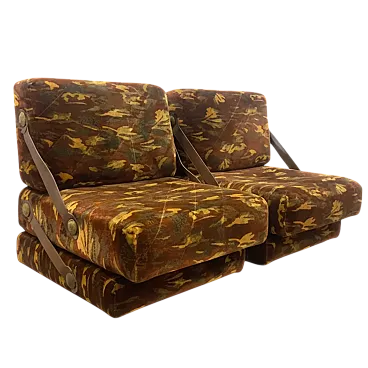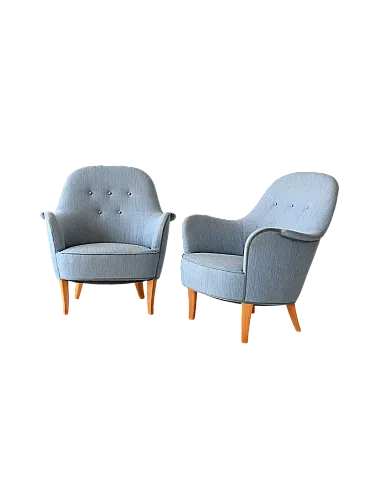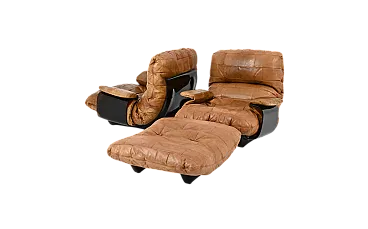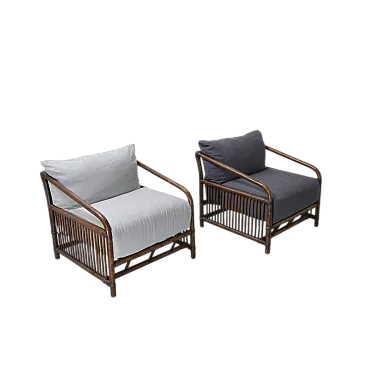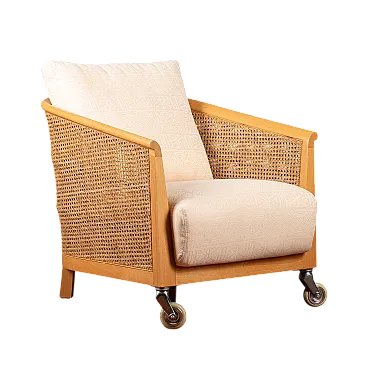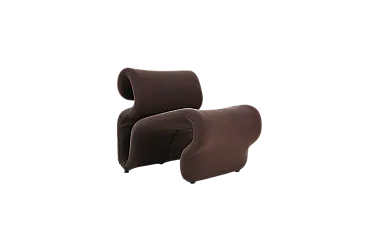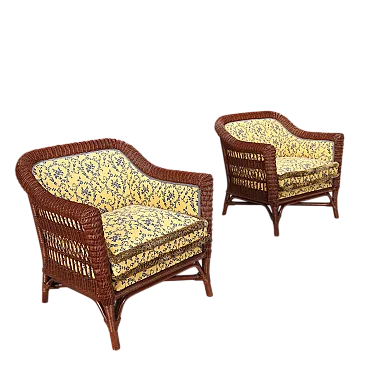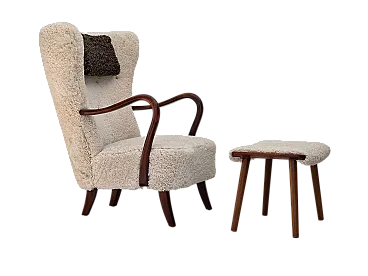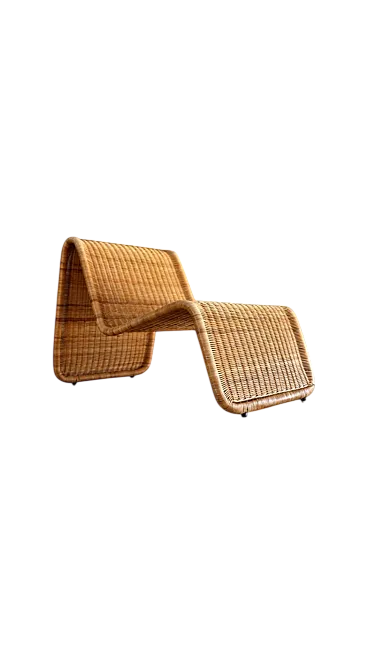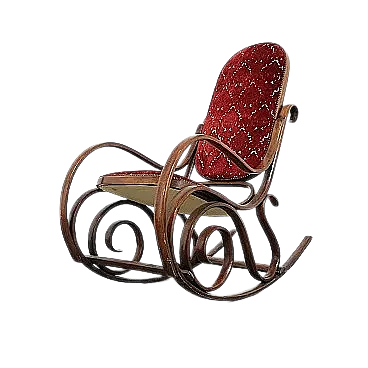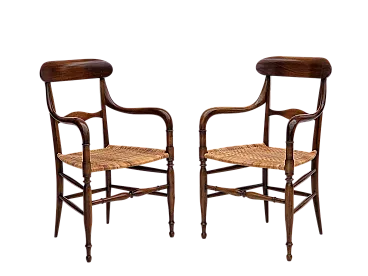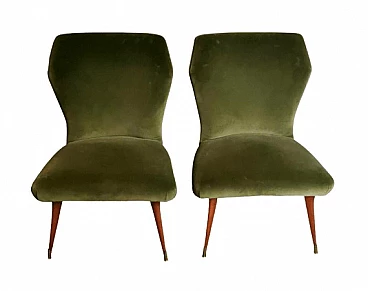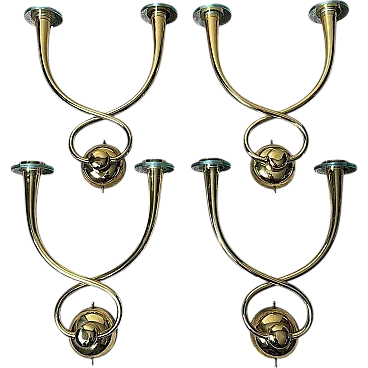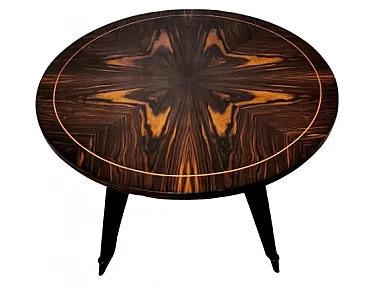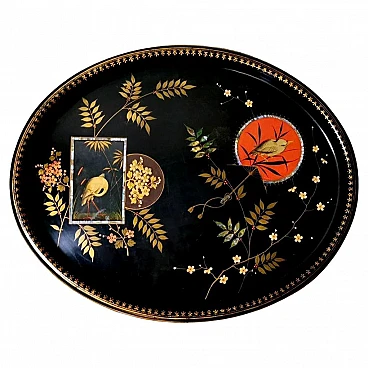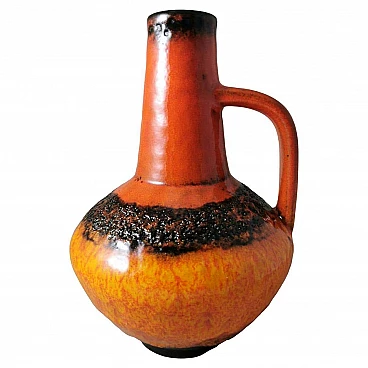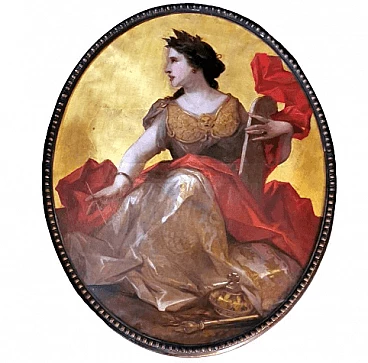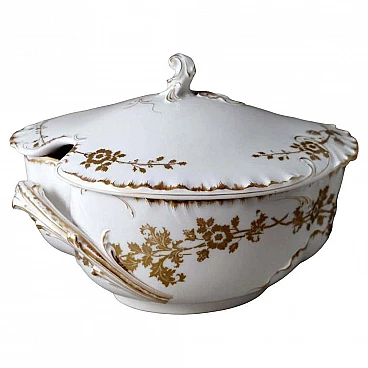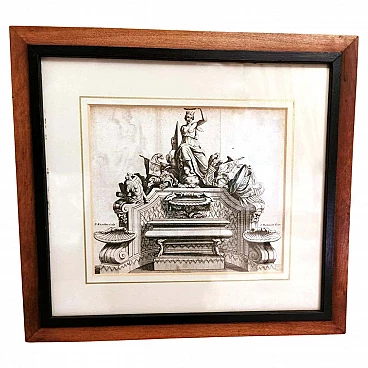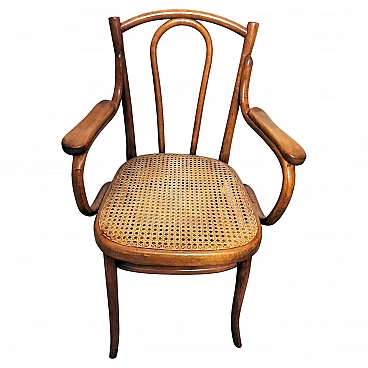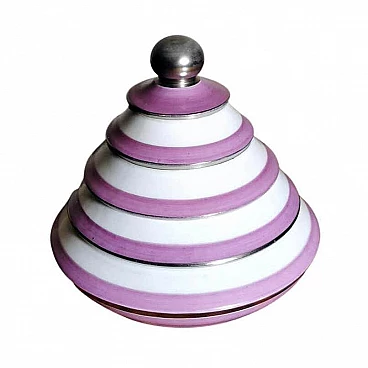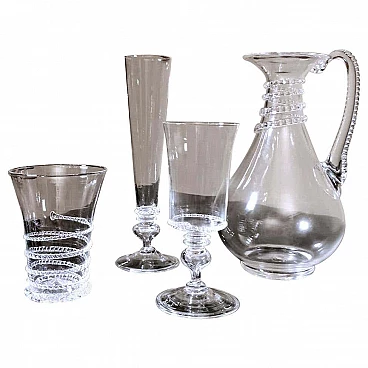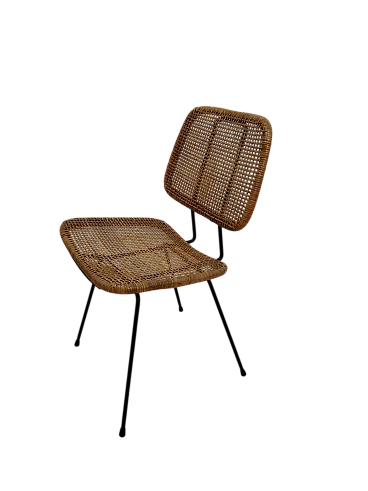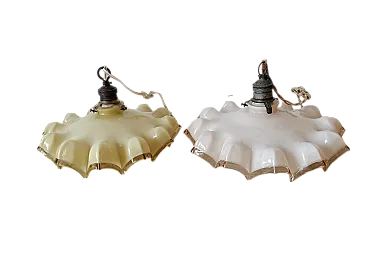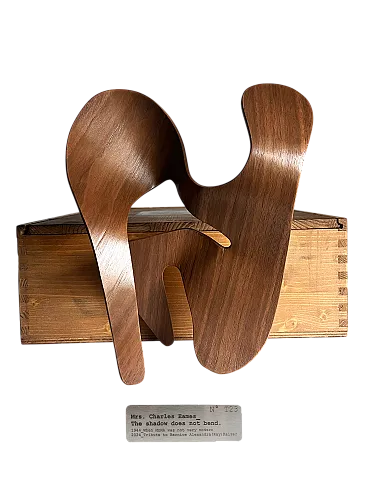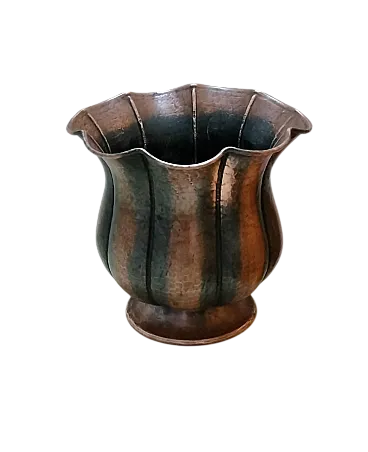We kindly invite you to read the entire description, as it contains detailed technical and historical information to ensure the authenticity of our items. This iconic Czechoslovakian armchair, known as the "Bananna Chair," features a solid and sturdy frame crafted from high-quality steamed walnut wood. Its design is simple and linear, with armrests showcasing exceptional aesthetic perfection. The overall appearance of the armchair is elegant and exudes rare sophistication. Manufactured between 1935 and 1938 in Brno, Czechoslovakia, and after consulting catalogs and publications from the era, we can confidently attribute it to the design style of Jindřich Halabala. The armchair has undergone a meticulous and costly full restoration process. This included the complete dismantling of all components, refinishing the wooden armrests, and reupholstering the entire piece in high-quality, durable Chinese blue velvet using traditional and artisanal methods. Jindřich Halabala was born on May 24, 1903, in Koryčany, Czechoslovakia, and passed away in Brno in 1978. Initially trained as a cabinetmaker in his father's woodworking shop, he enrolled in the State School of Woodworking in Valašské Meziříčí in 1920. He later completed his practical studies at the United Arts and Crafts Manufacture in Brno, eventually becoming the chief designer of the company, a position he held until 1946. Halabala significantly influenced furniture production from the 1930s onward, paving the way for industrial manufacturing in Czechoslovakia. During the interwar period and the post-World War II era, he created furniture that adorned homes throughout Europe. David Kmínek, head of the furniture division, described him as follows: “There is a fusion of styles in Halabala's work, combining influences from Functionalism and Art Deco. He blended these styles in a way that allows both trends to shine in his furniture. It’s not pure Functionalism like in Germany, nor pure Art Deco as seen in France or Belgium. It also differs from the more decorative pieces in Vienna. Halabala merged all these influences, creating his own distinctive and modern furniture style.” Halabala's work drew inspiration from Czech Cubism, Art Deco, and Bauhaus aesthetics, which sought to merge fine art with everyday functionality. He developed numerous innovative seating designs, two fundamental series of modular furniture, and modern steel tubular furniture. The pieces designed by Halabala during the interwar and postwar periods are considered to be of the highest quality. Their simple yet modern design has kept many of his creations popular and highly sought after to this day. Halabala’s works are part of the permanent collections of prestigious institutions such as the Olomouc Museum of Art, the Moravian Gallery in Brno, and the Stedelijk Museum in Amsterdam. Additionally, the Czech Republic annually awards a prize in his name to celebrate excellence in furniture and interior design. Dimensions: Width: 63 cm• Depth: 90 cm•Height: 78 cm•Seat height: 44 cm The armchair, fully restored, is in excellent condition. For all our shipments, we use specialized packaging materials (wooden crates, polystyrene, etc.) to ensure maximum protection and safety for the items.
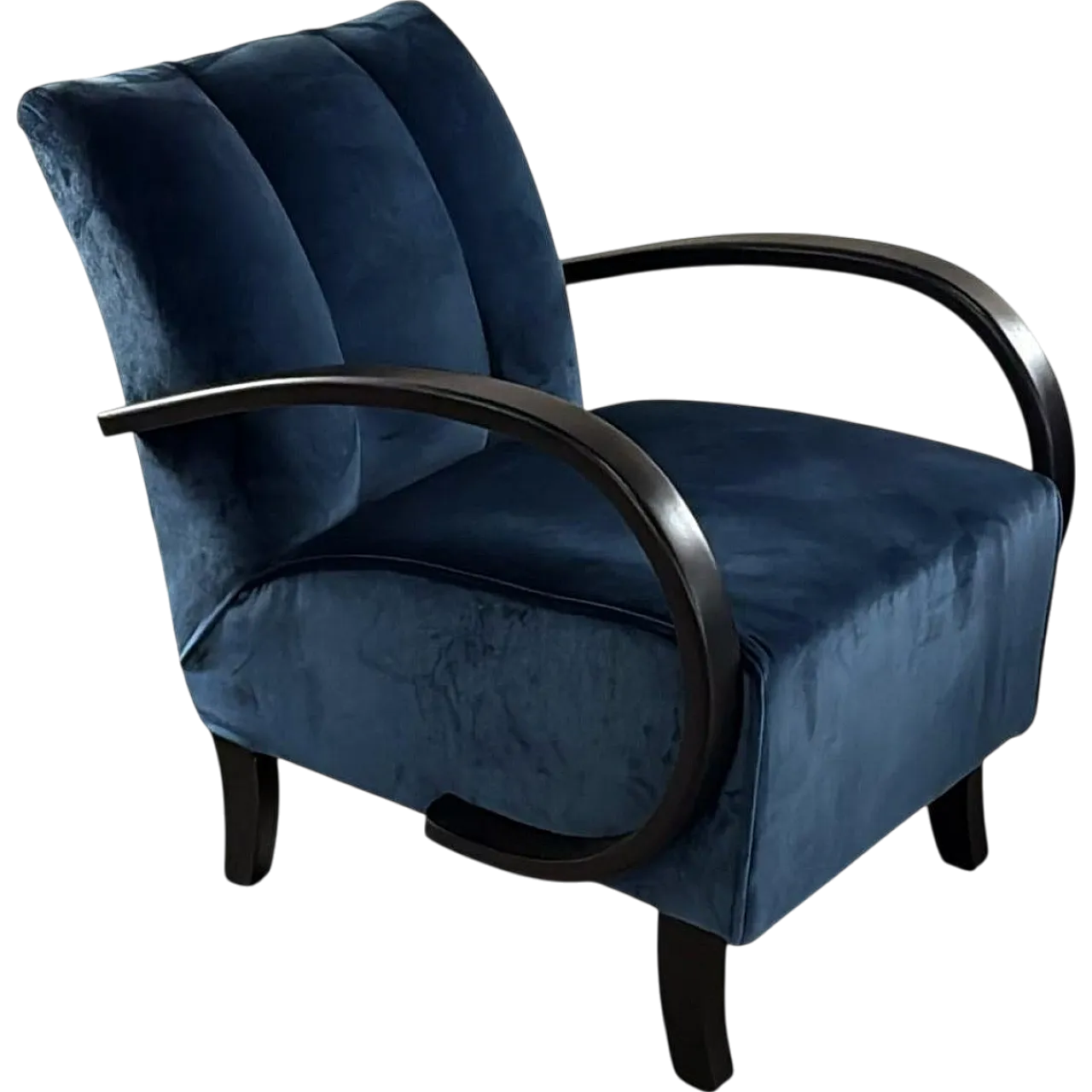
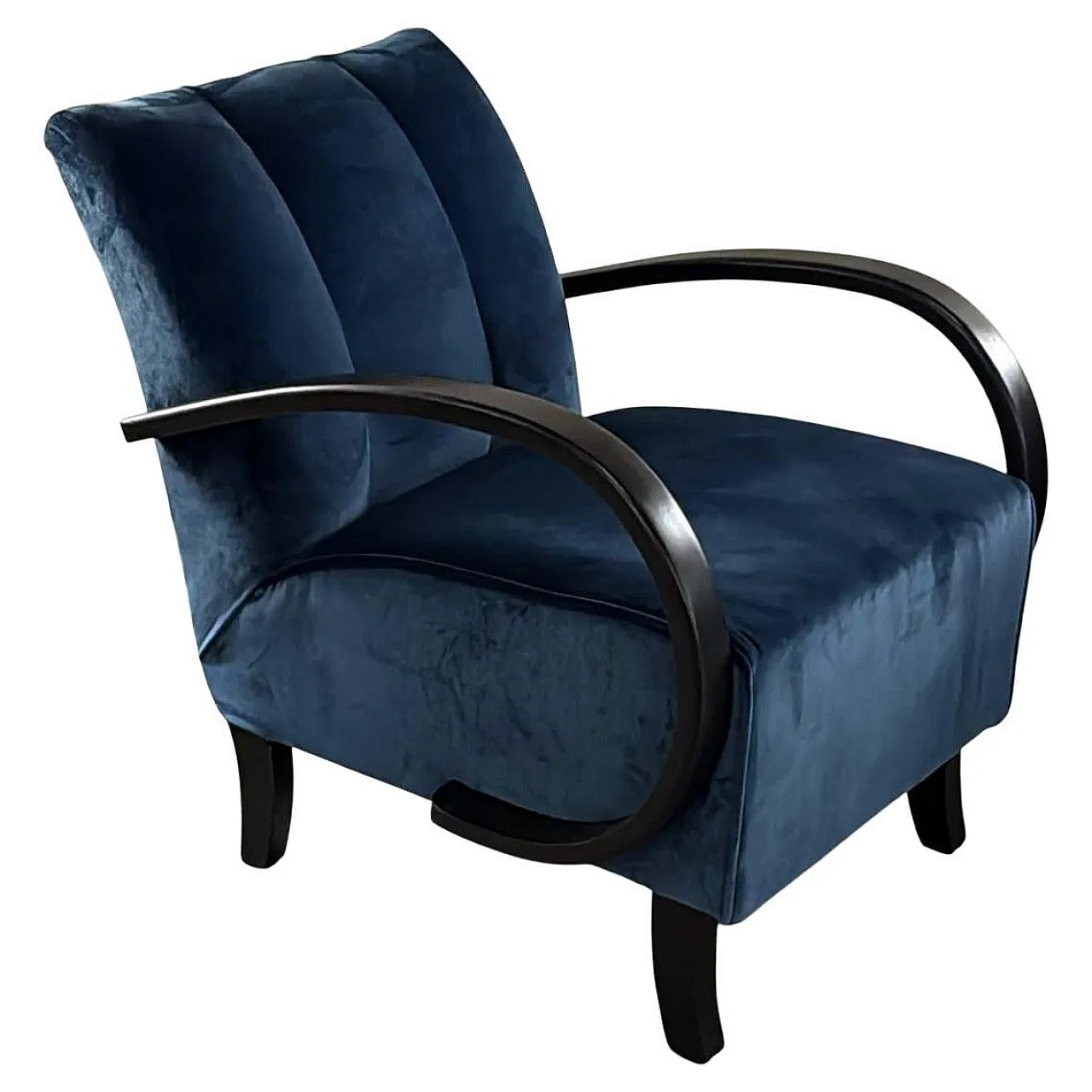
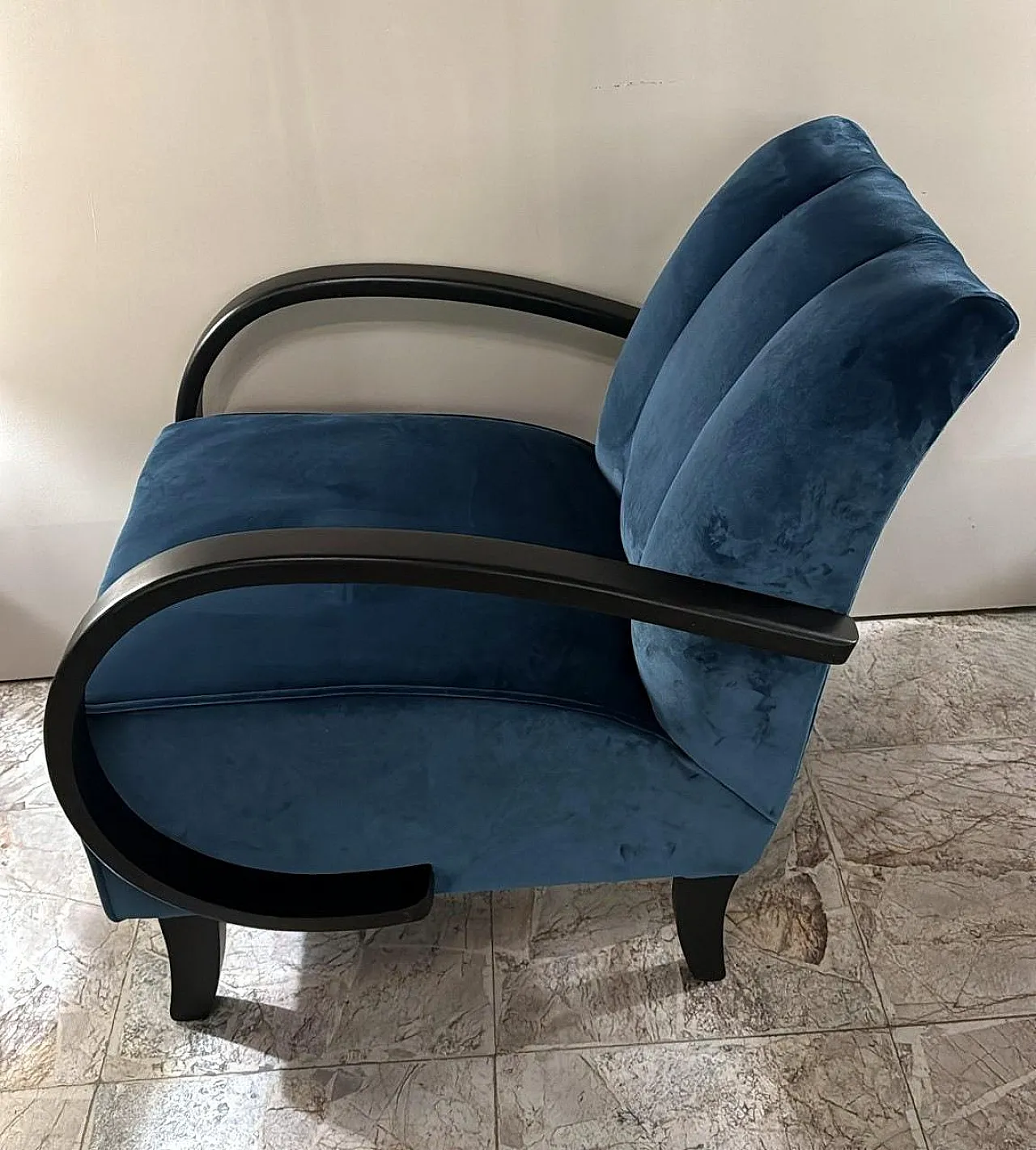
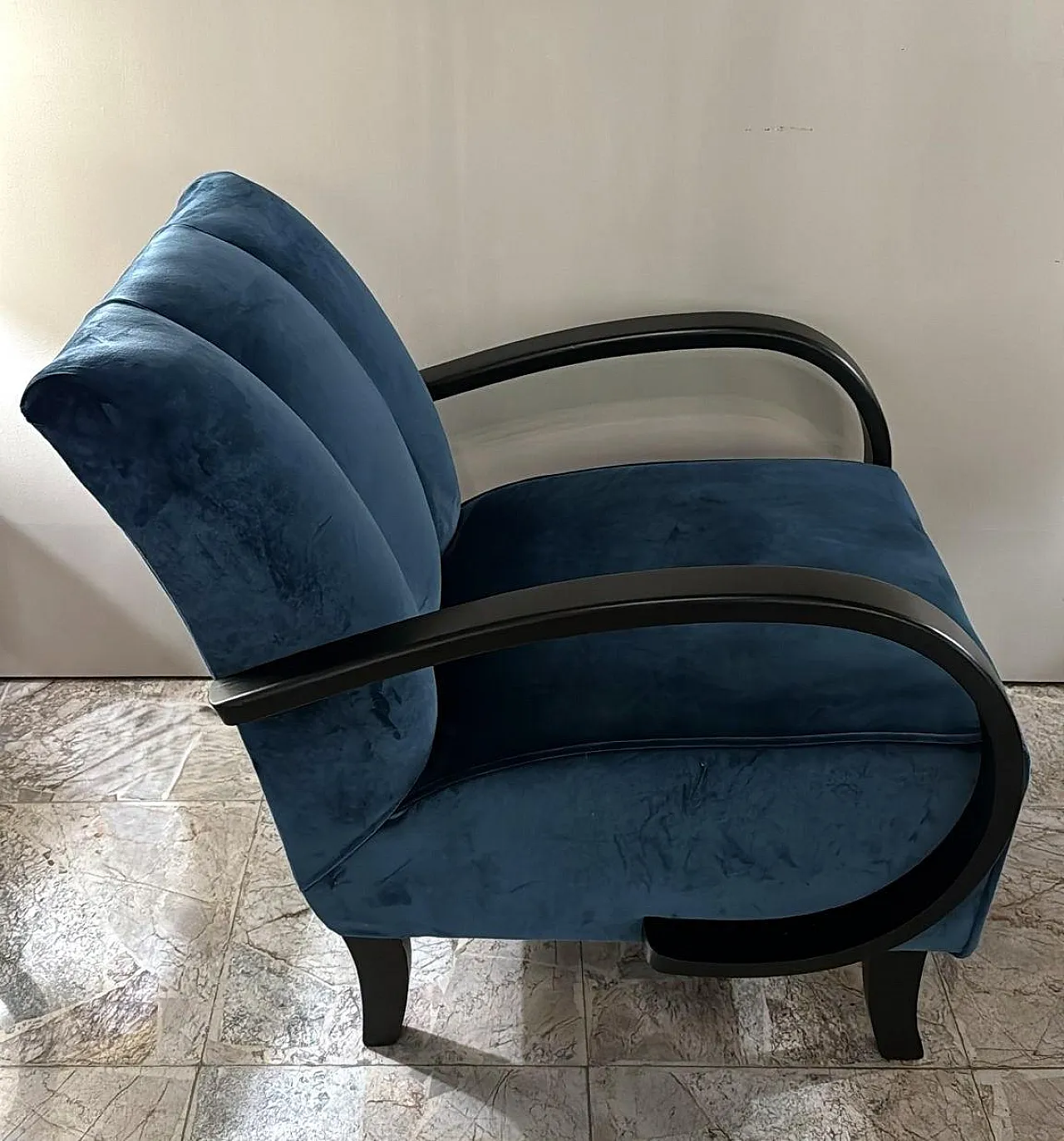
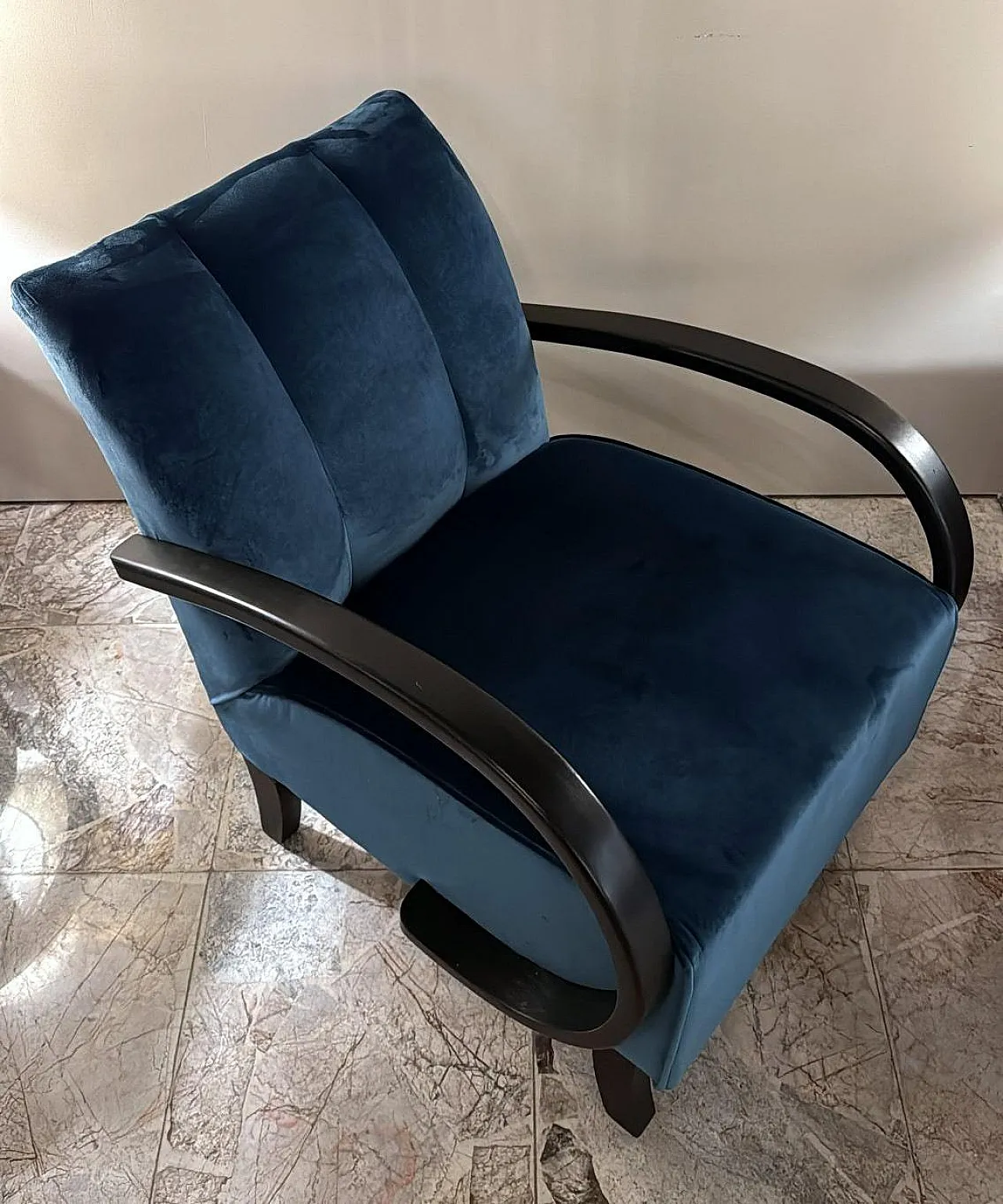
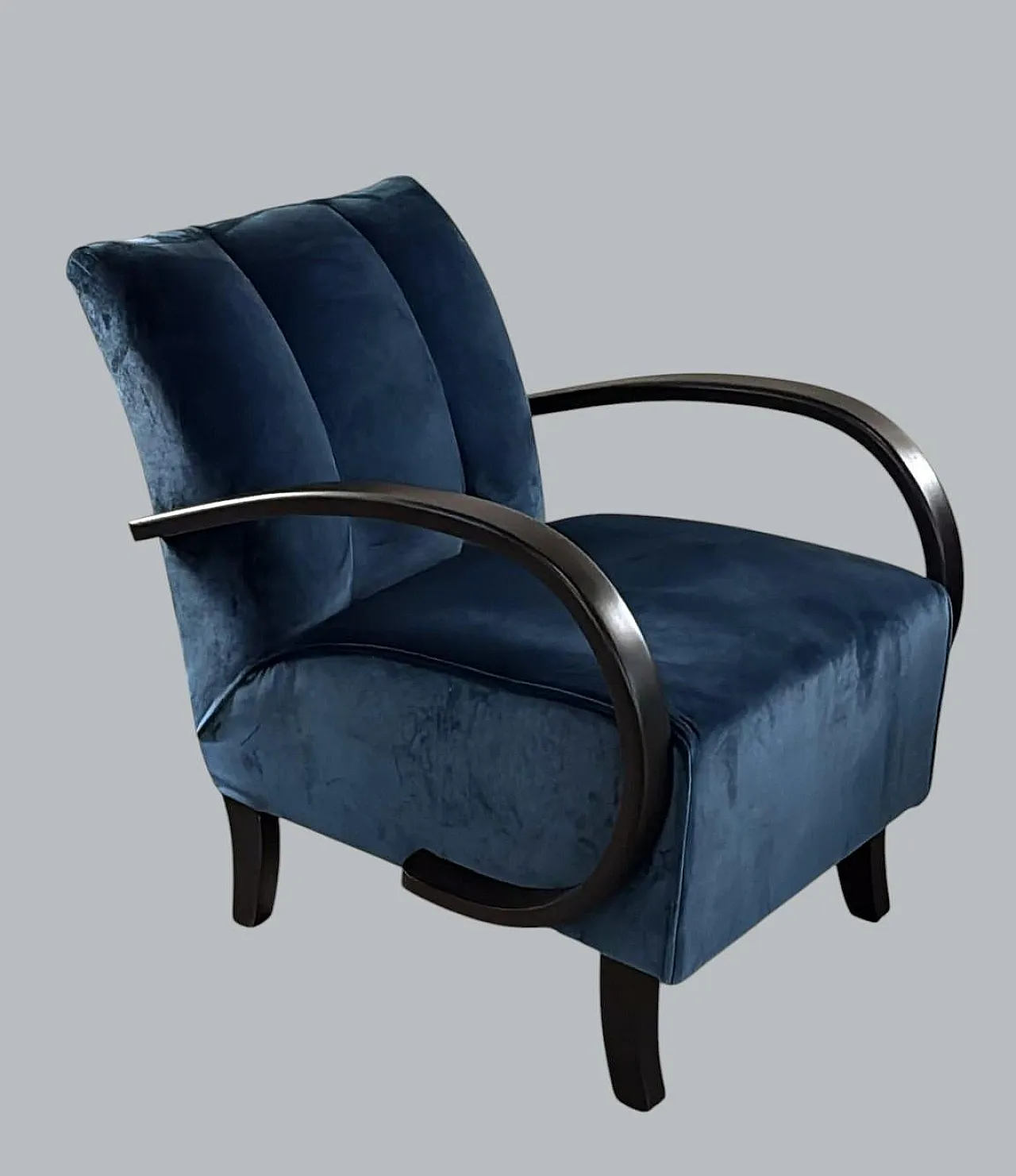
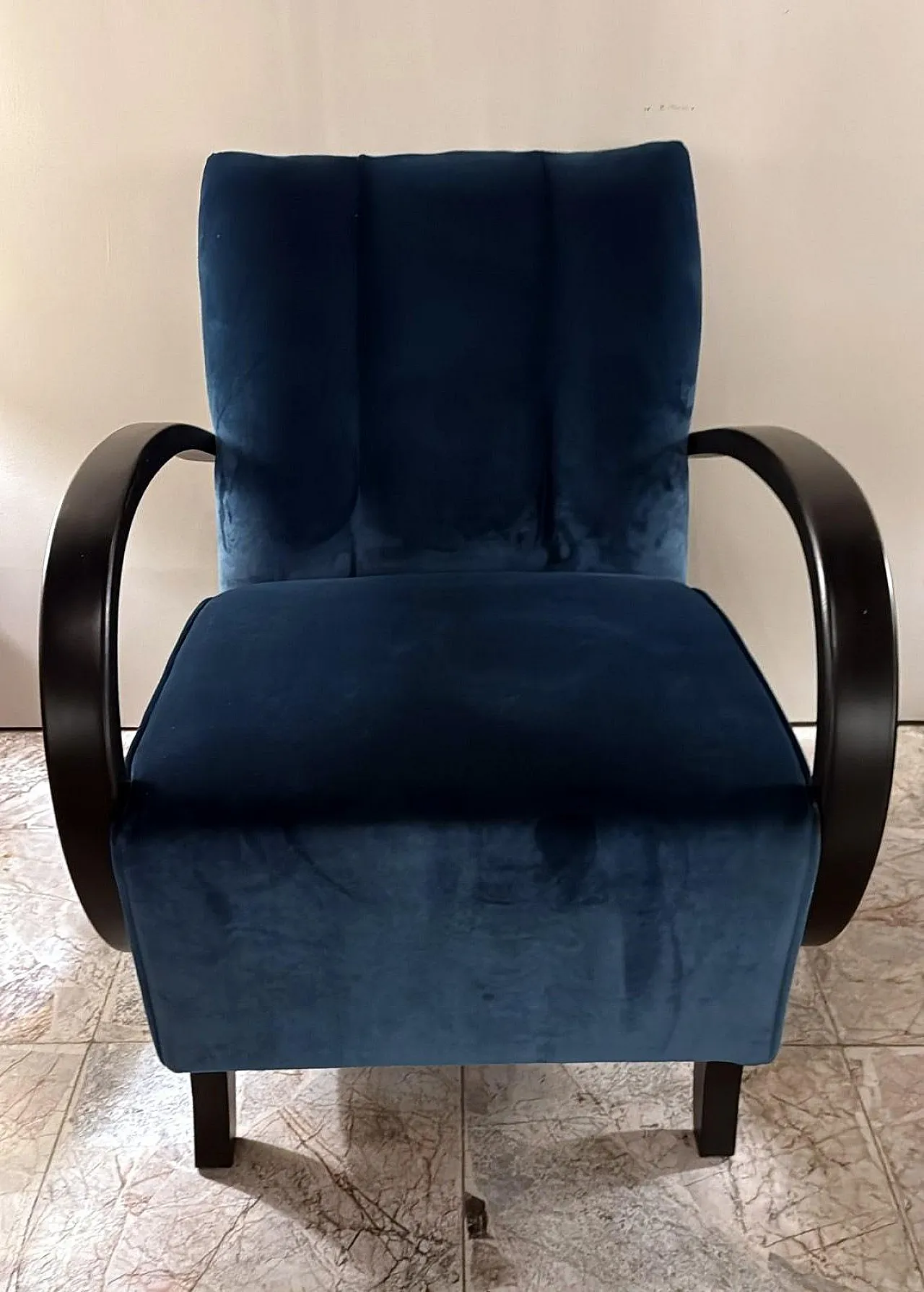
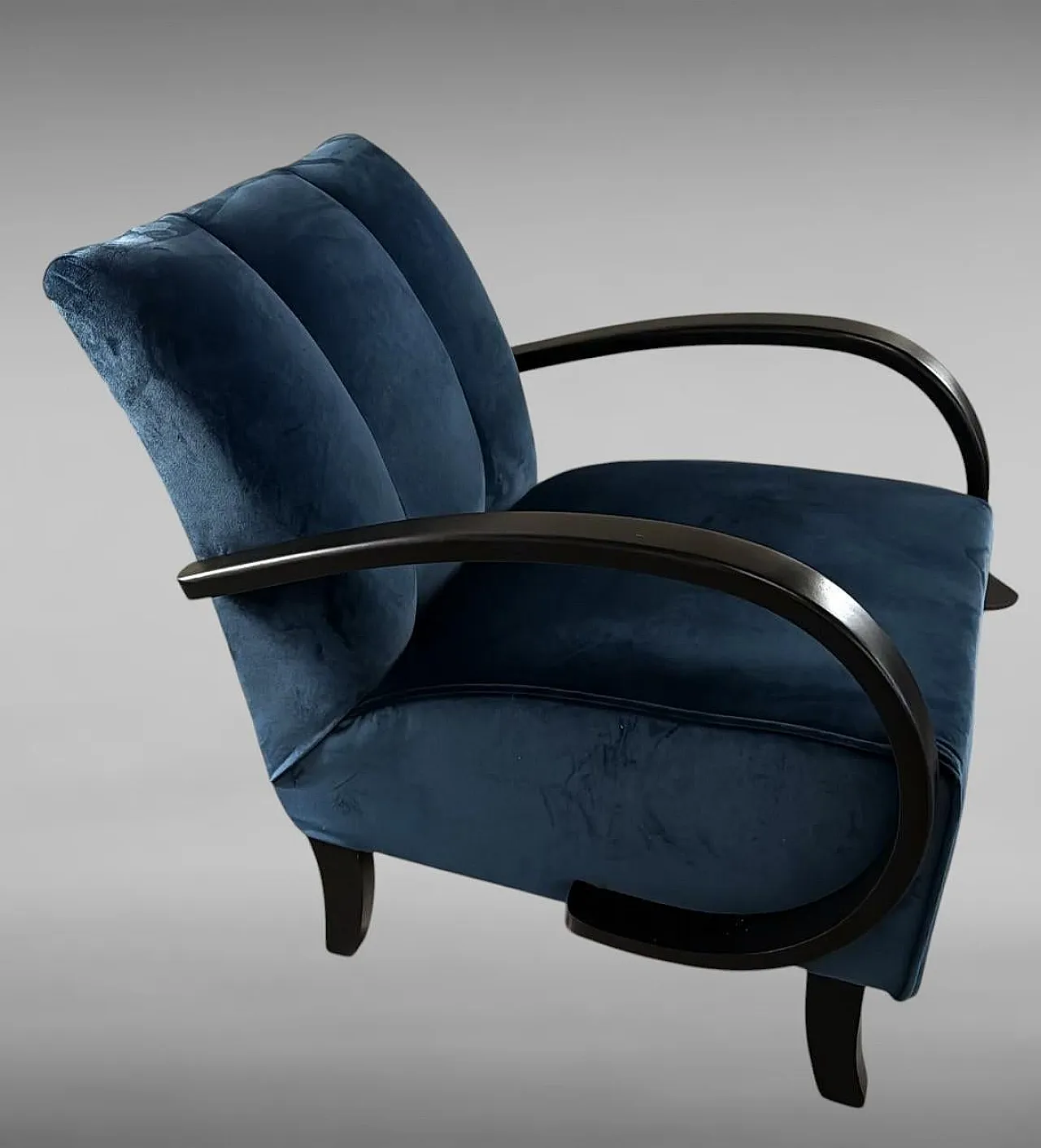
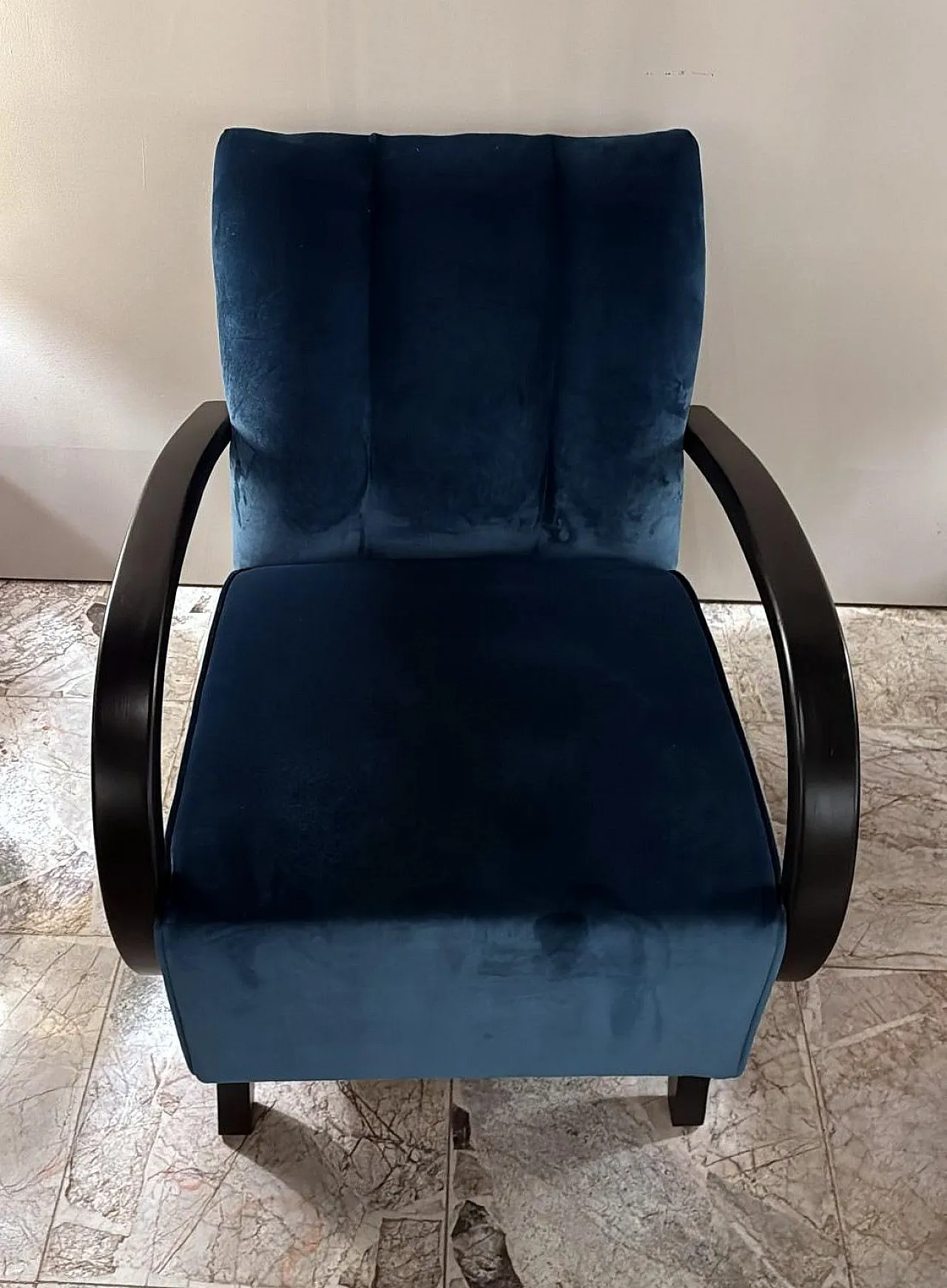
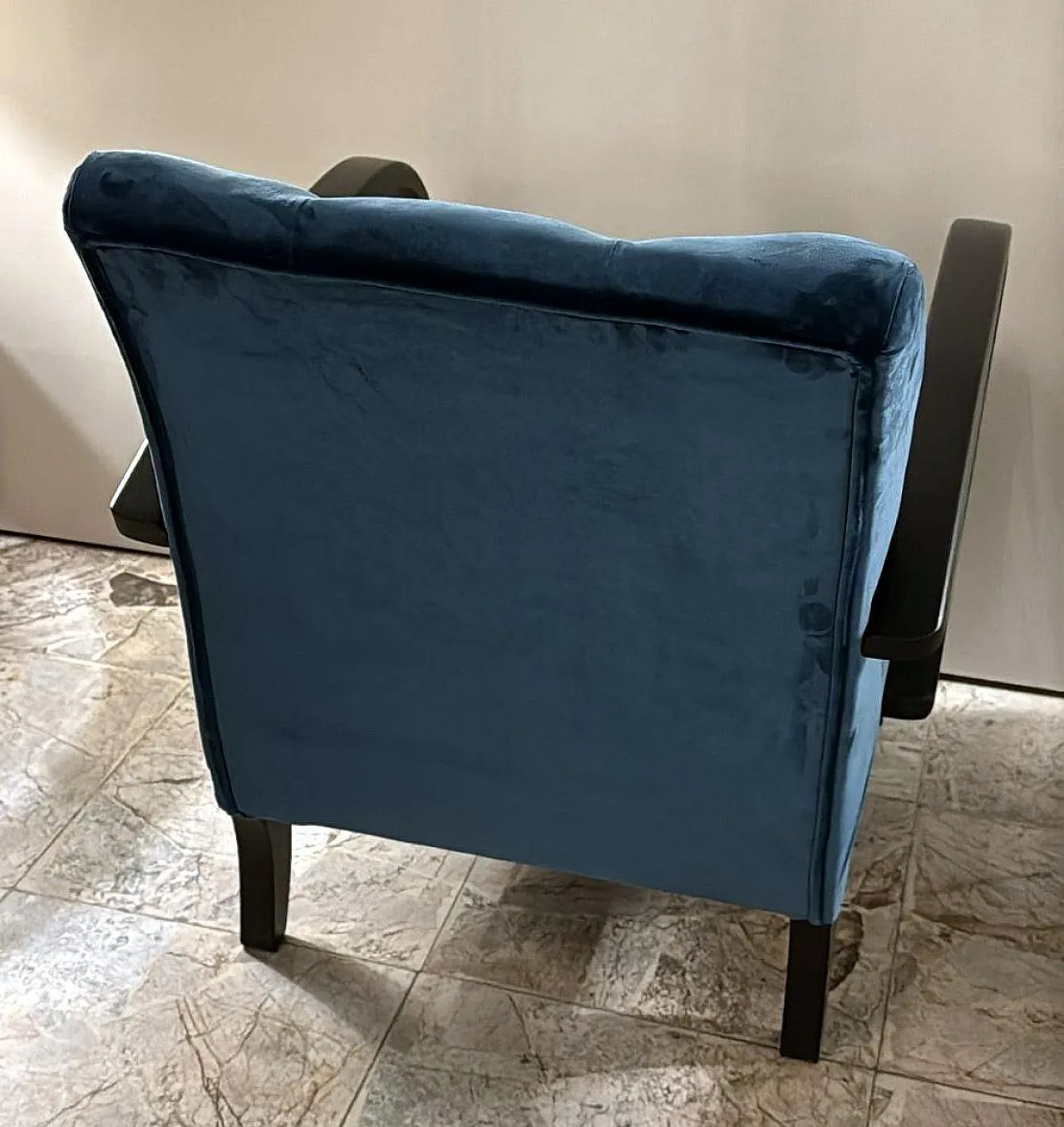
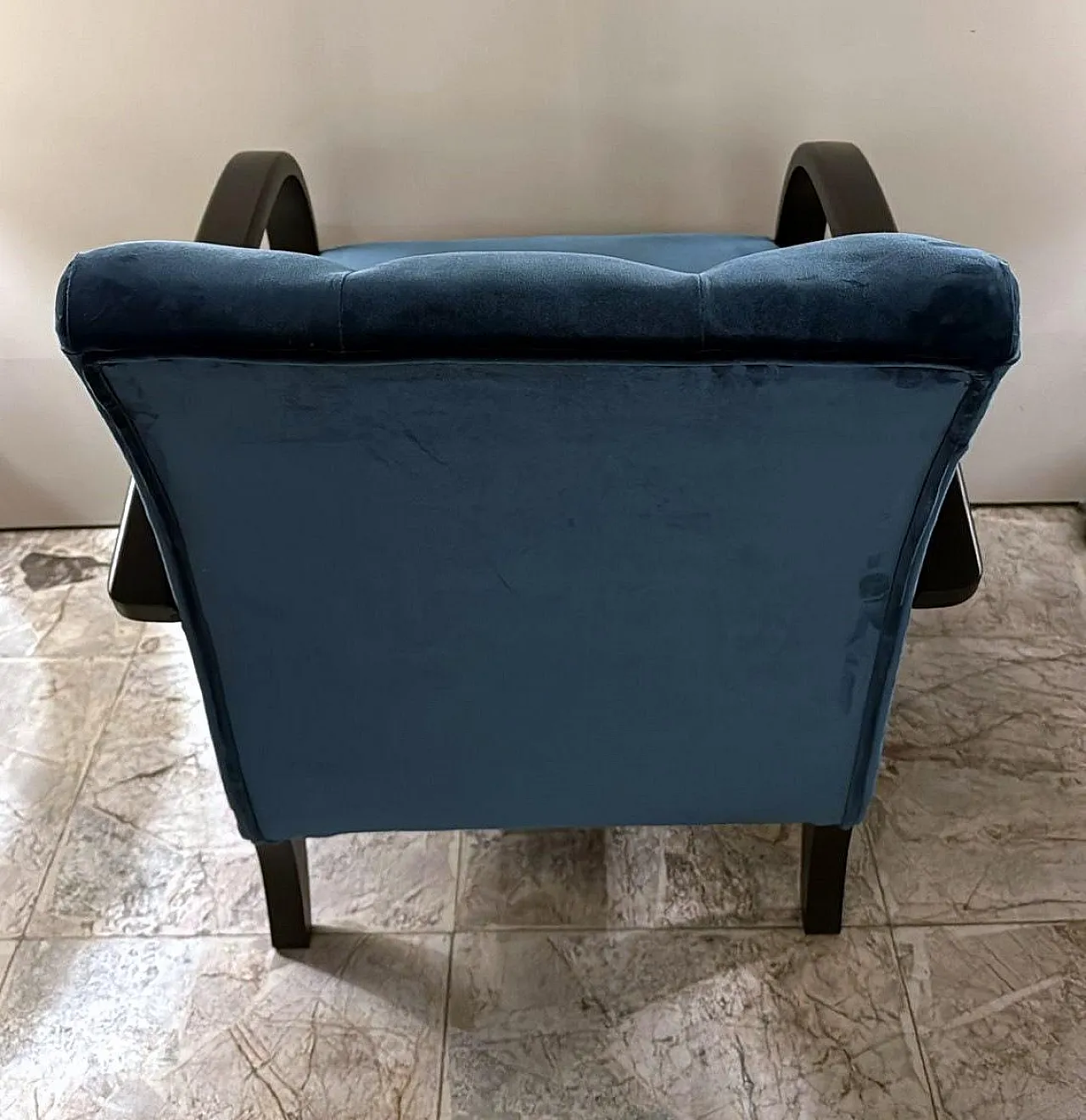
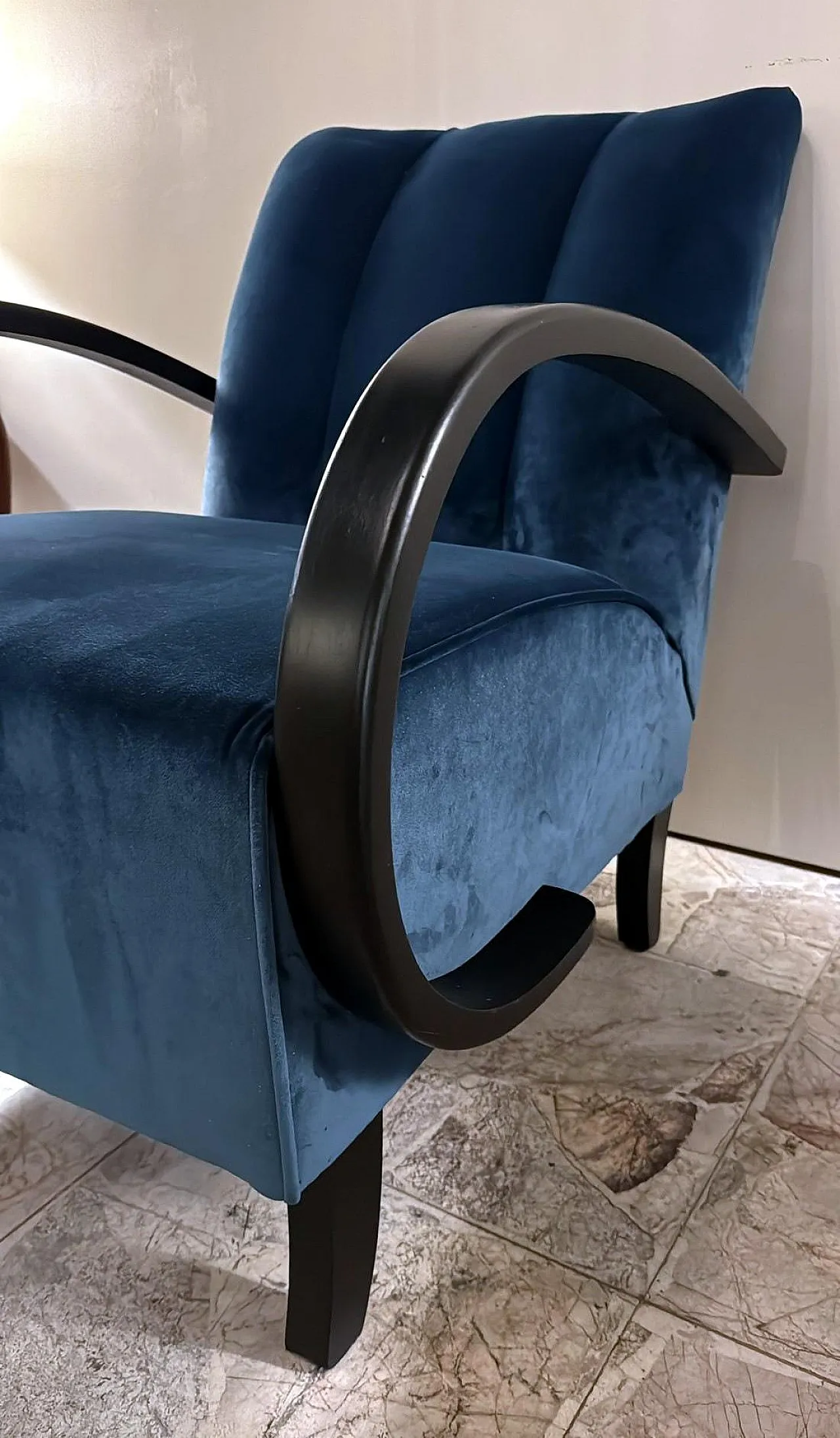
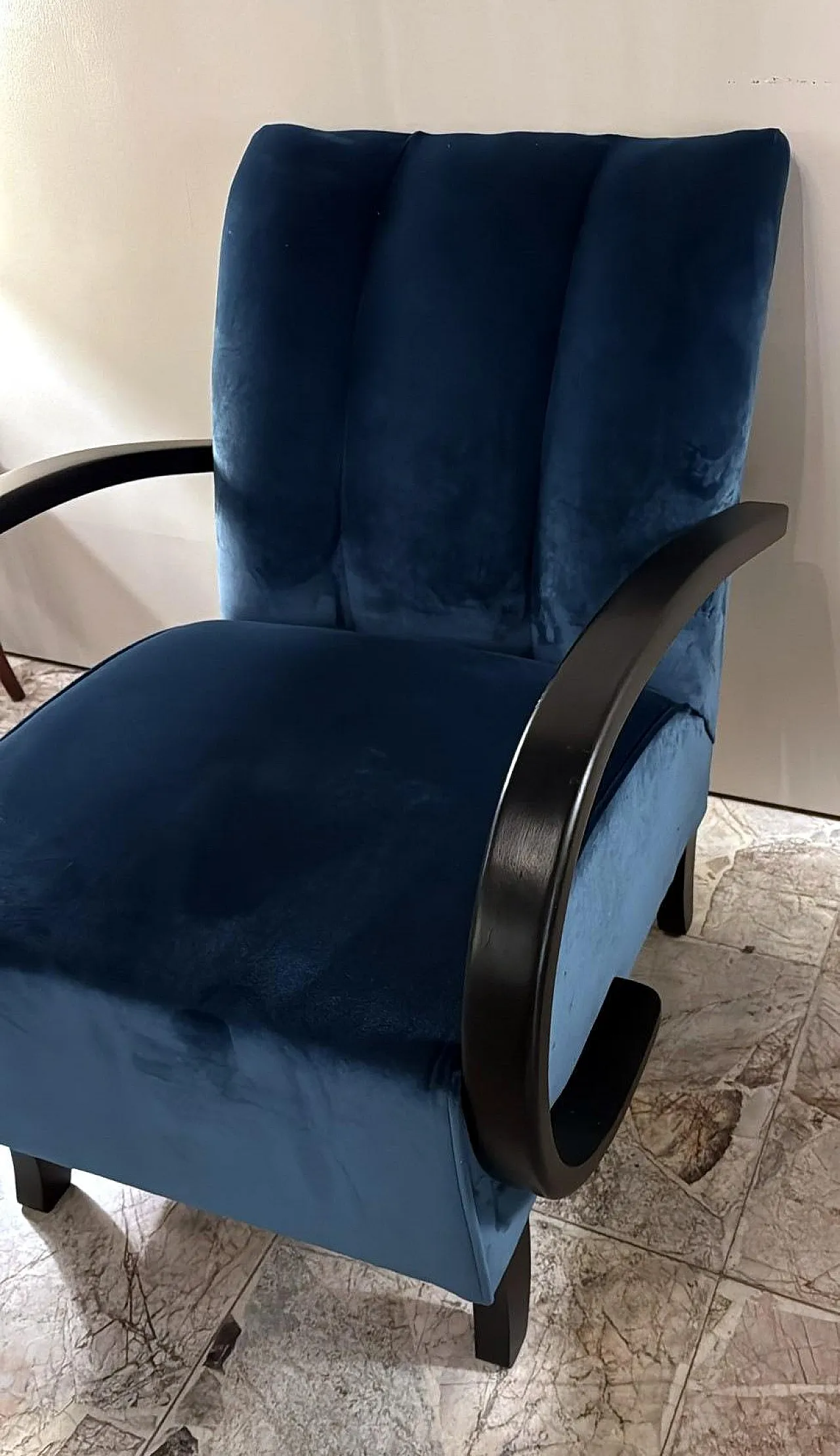
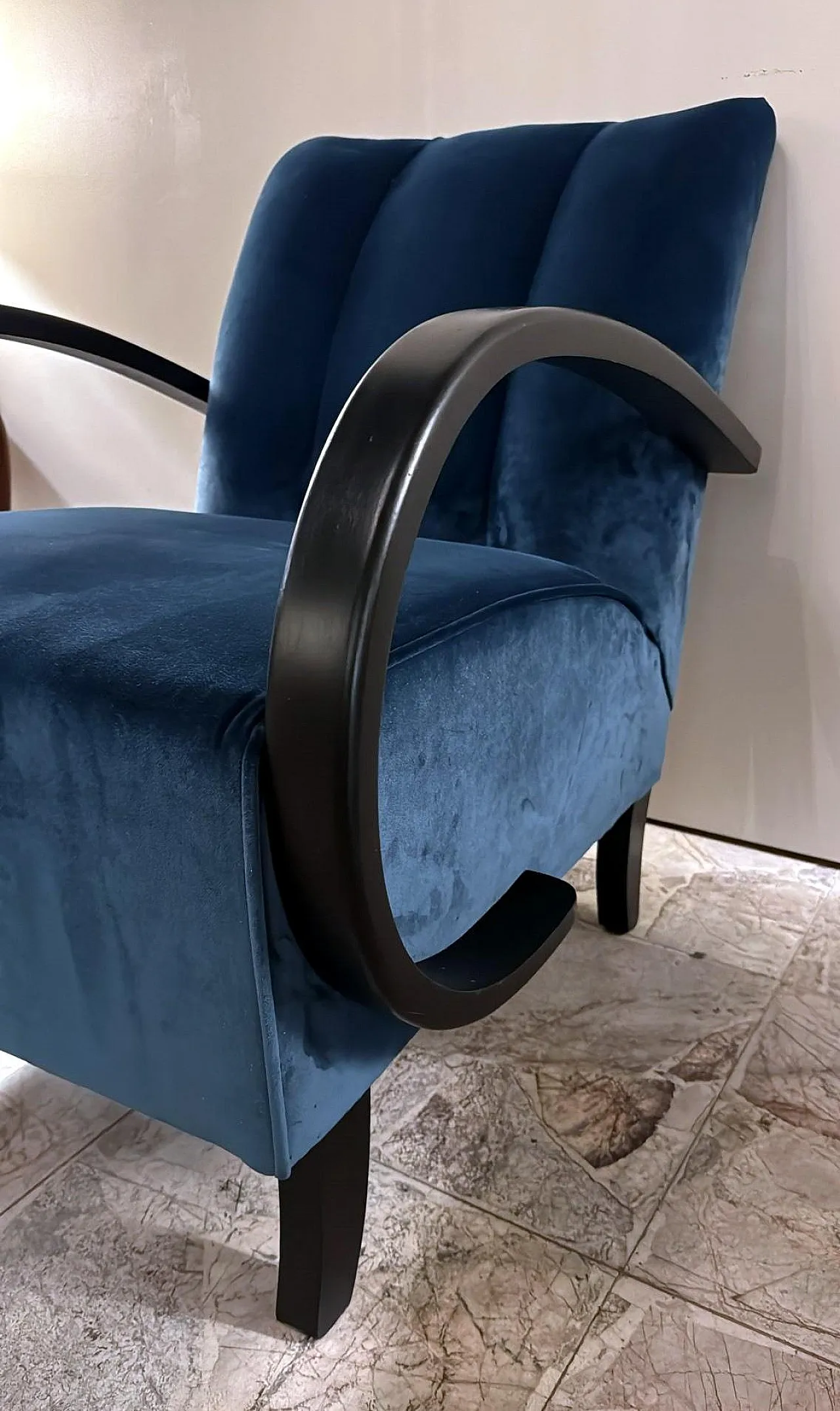
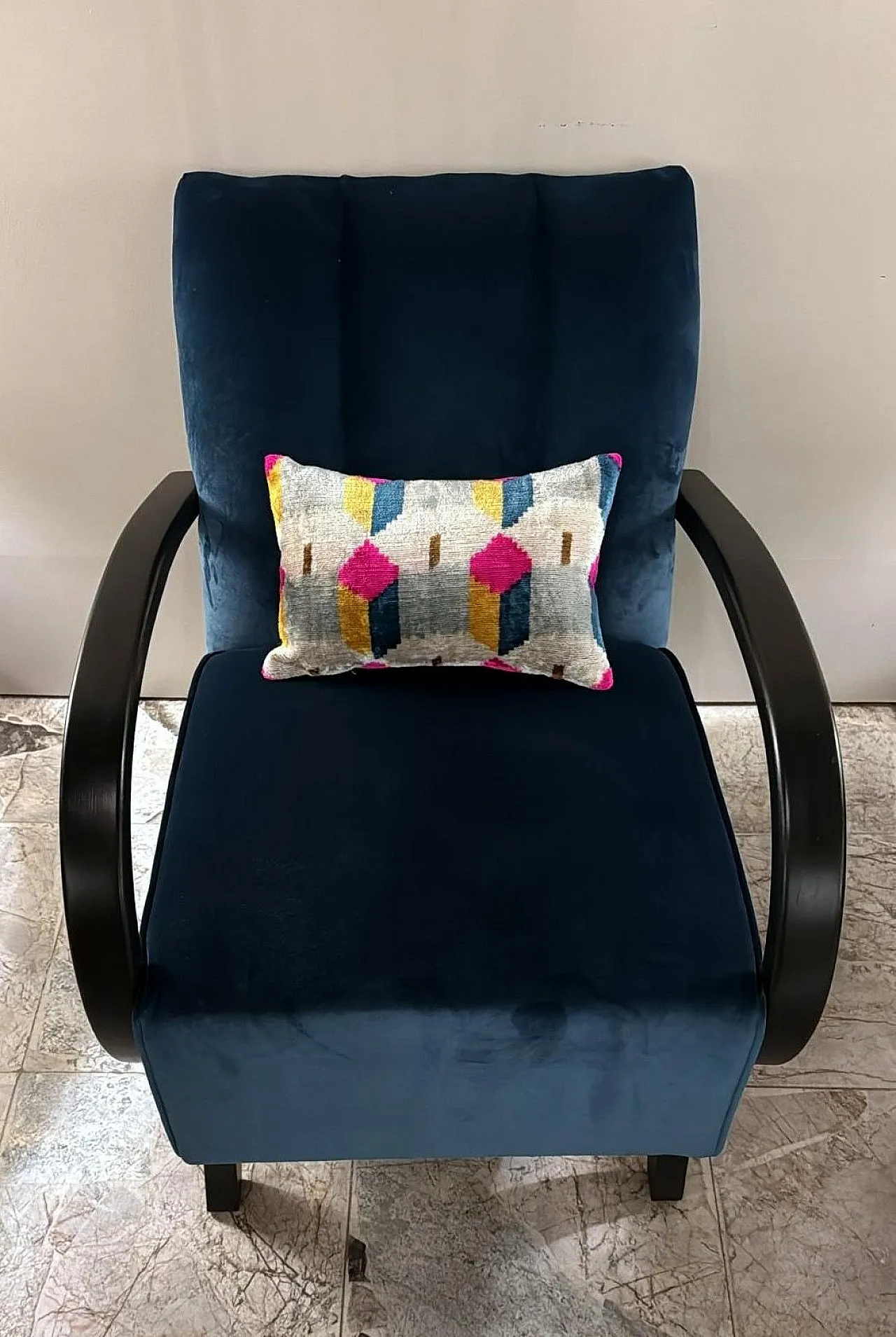
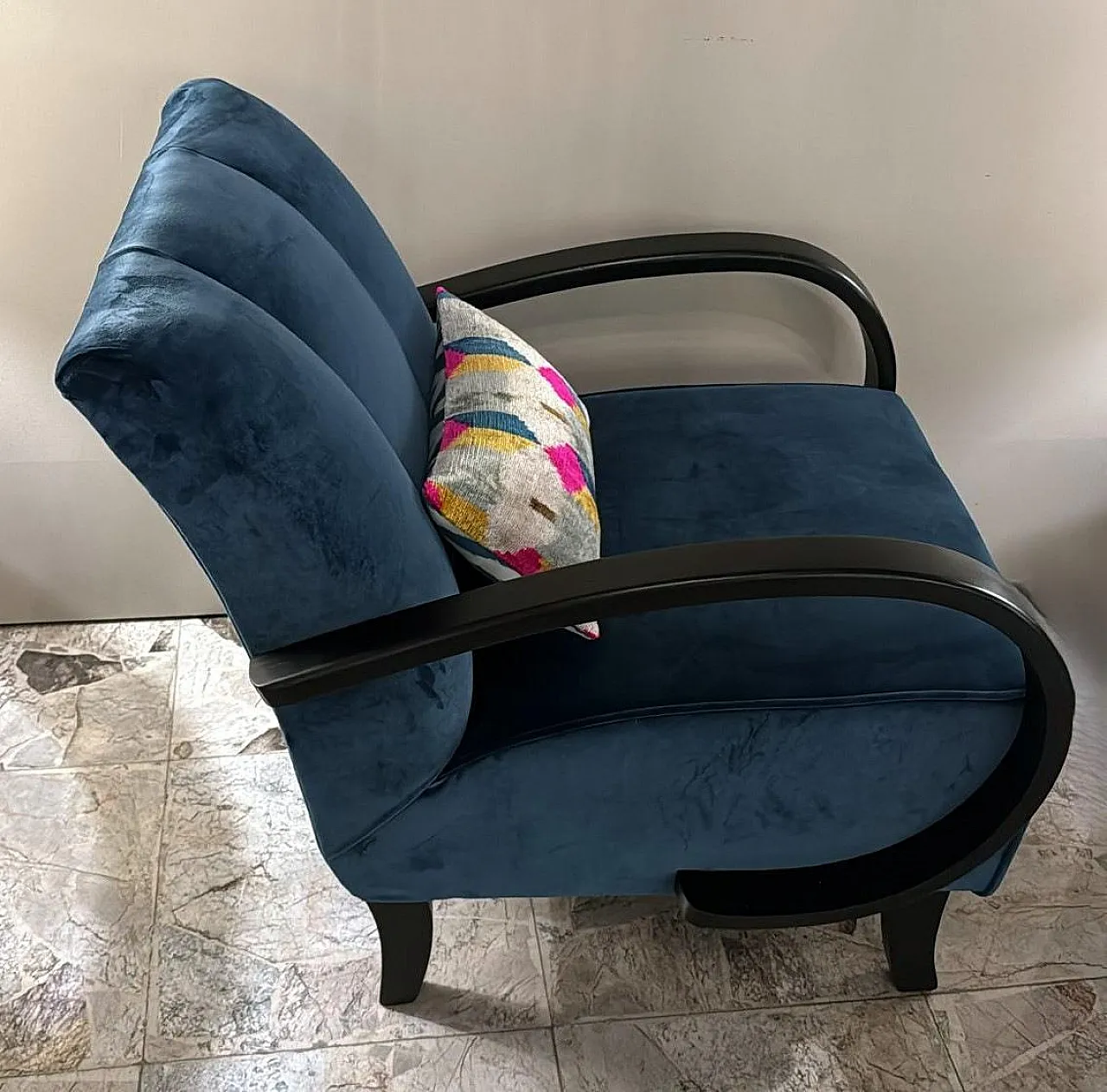
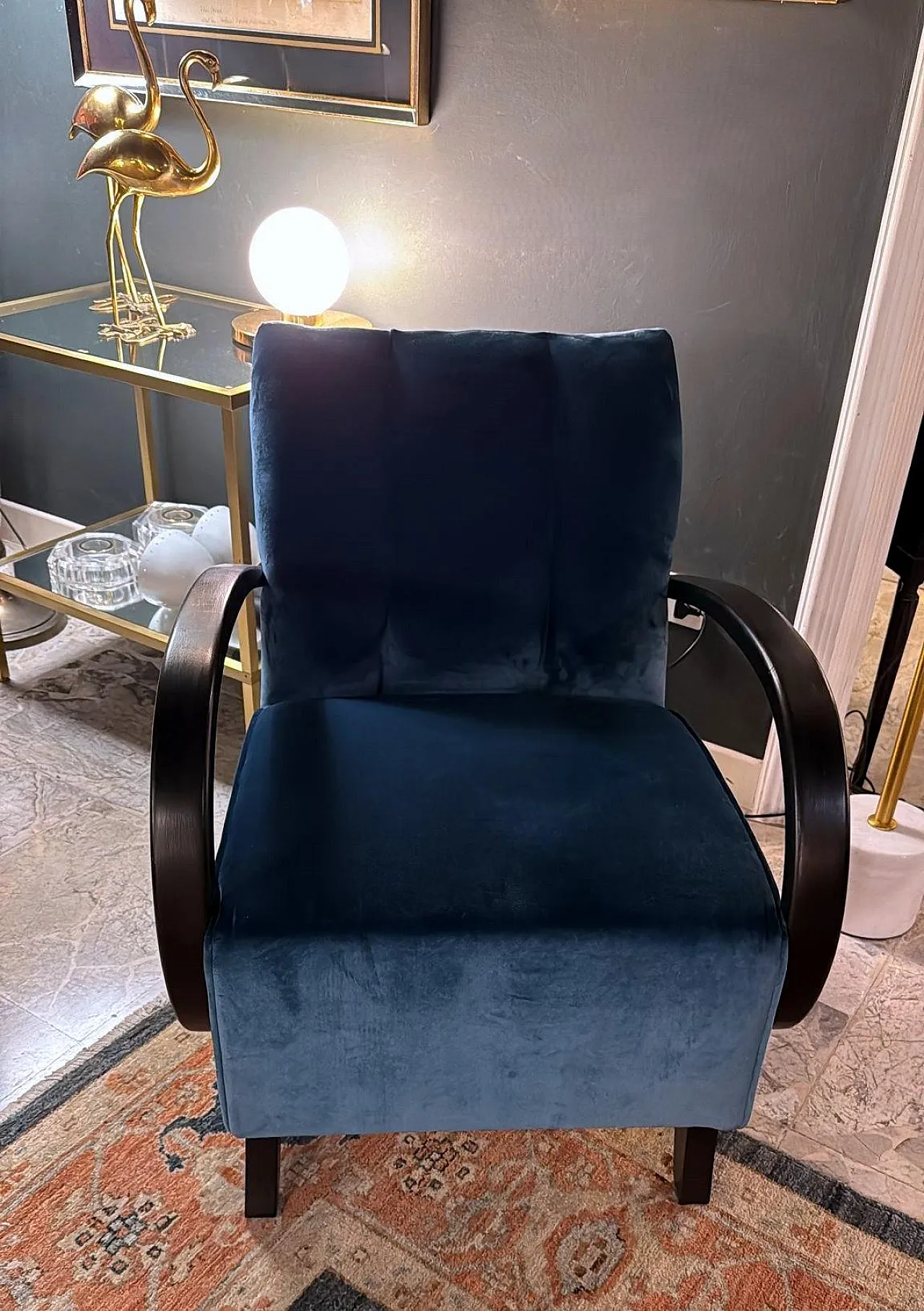
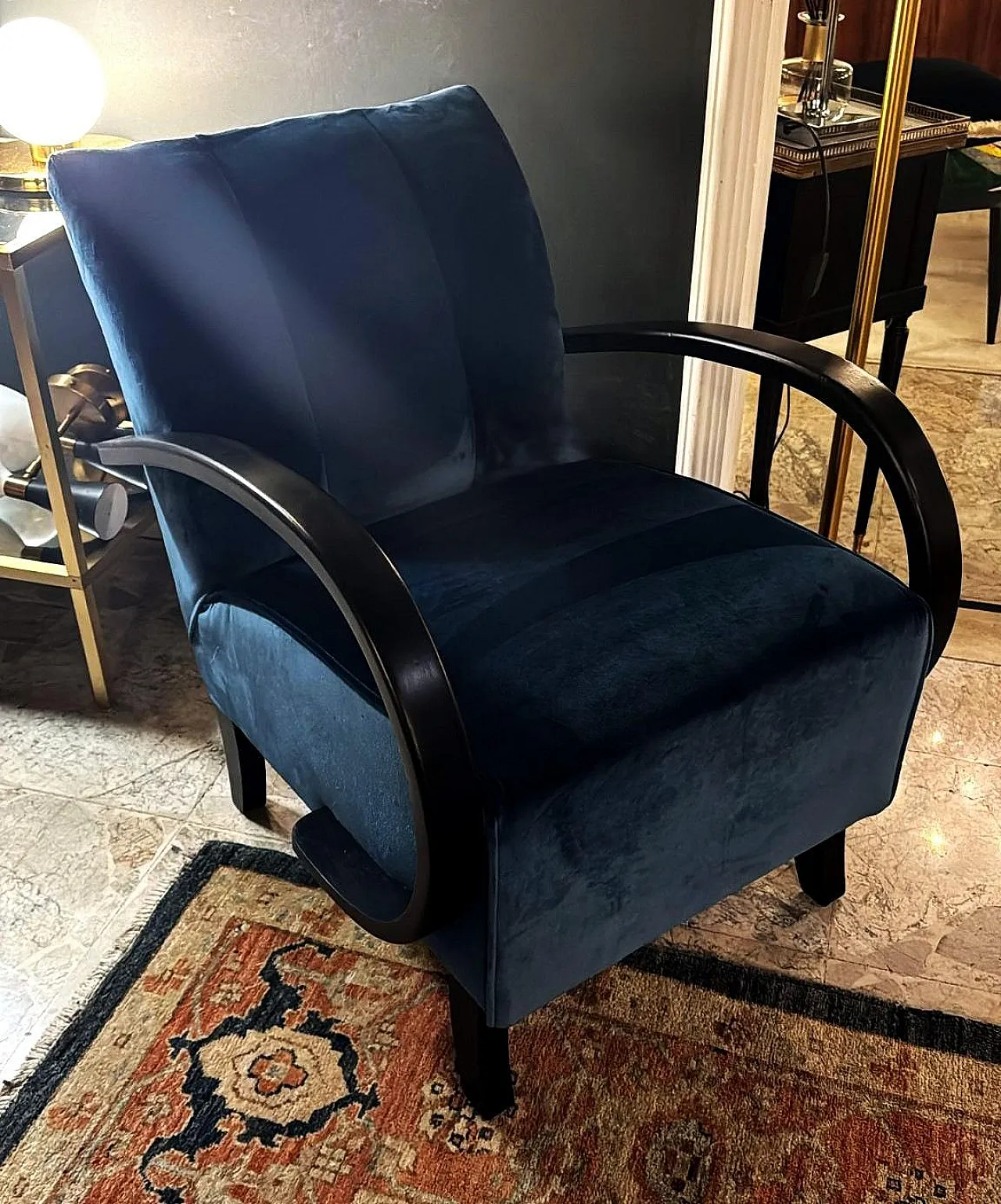
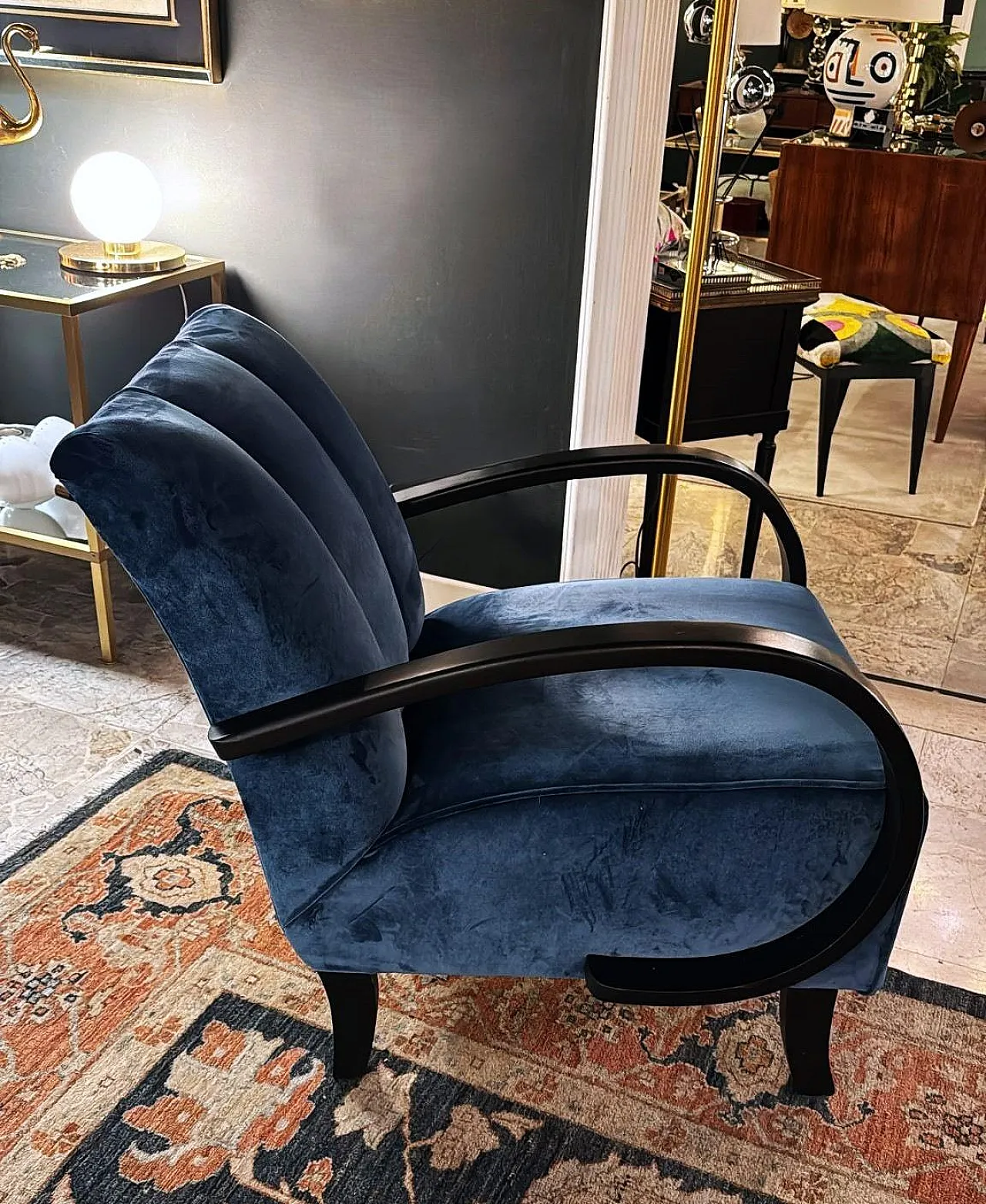
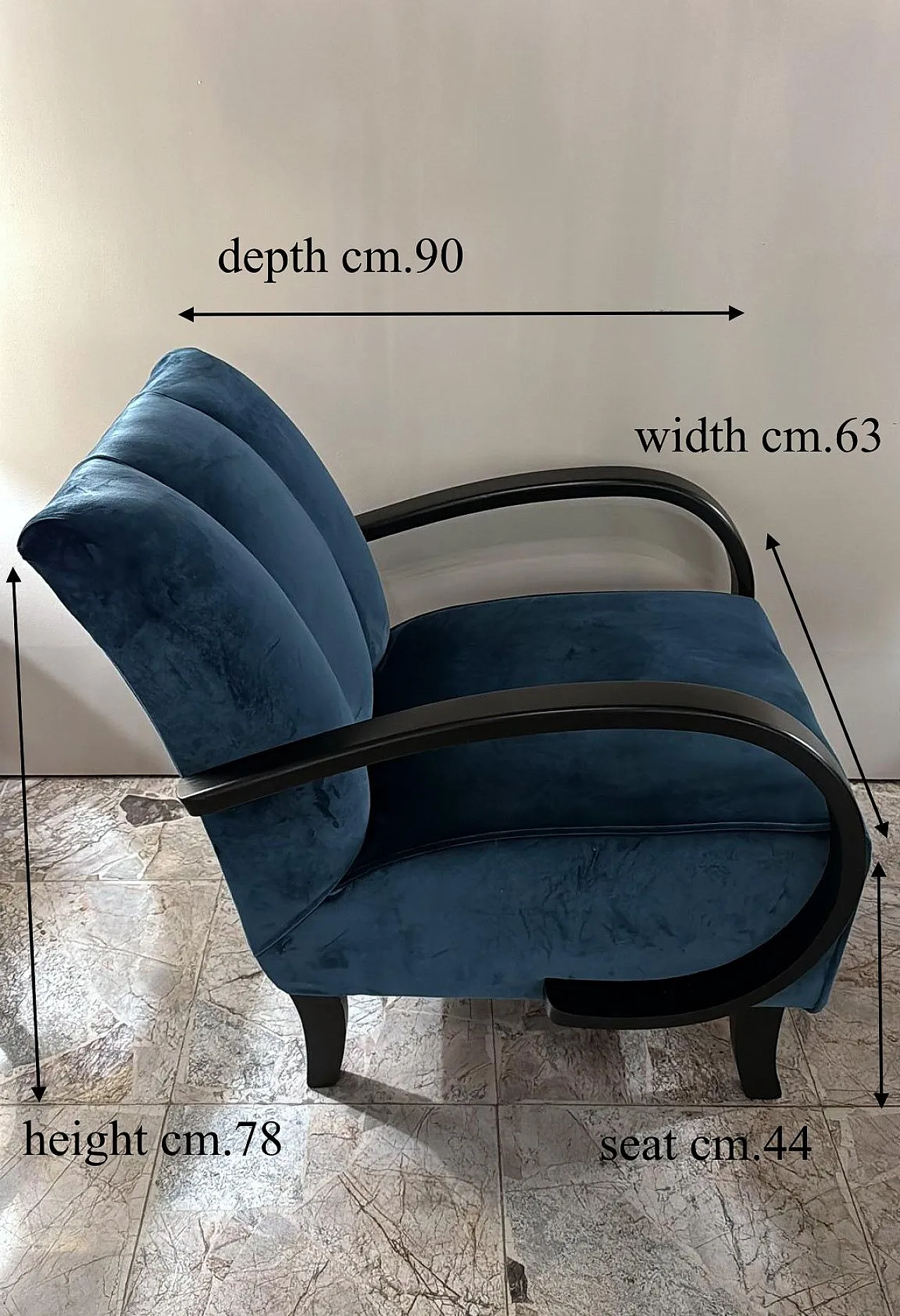
 SILVER Seller in Prato, Italy
SILVER Seller in Prato, Italy
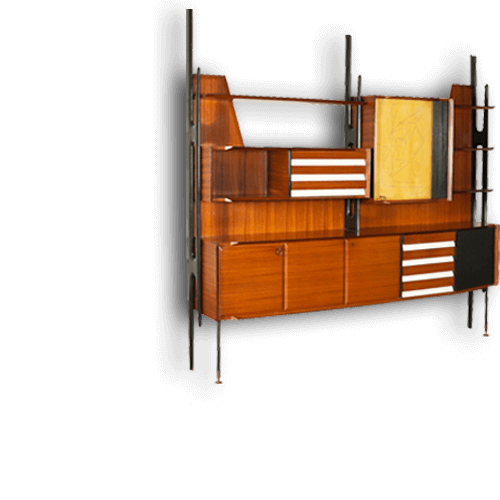
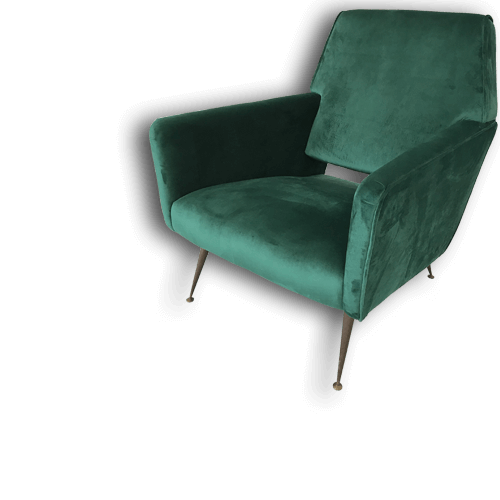



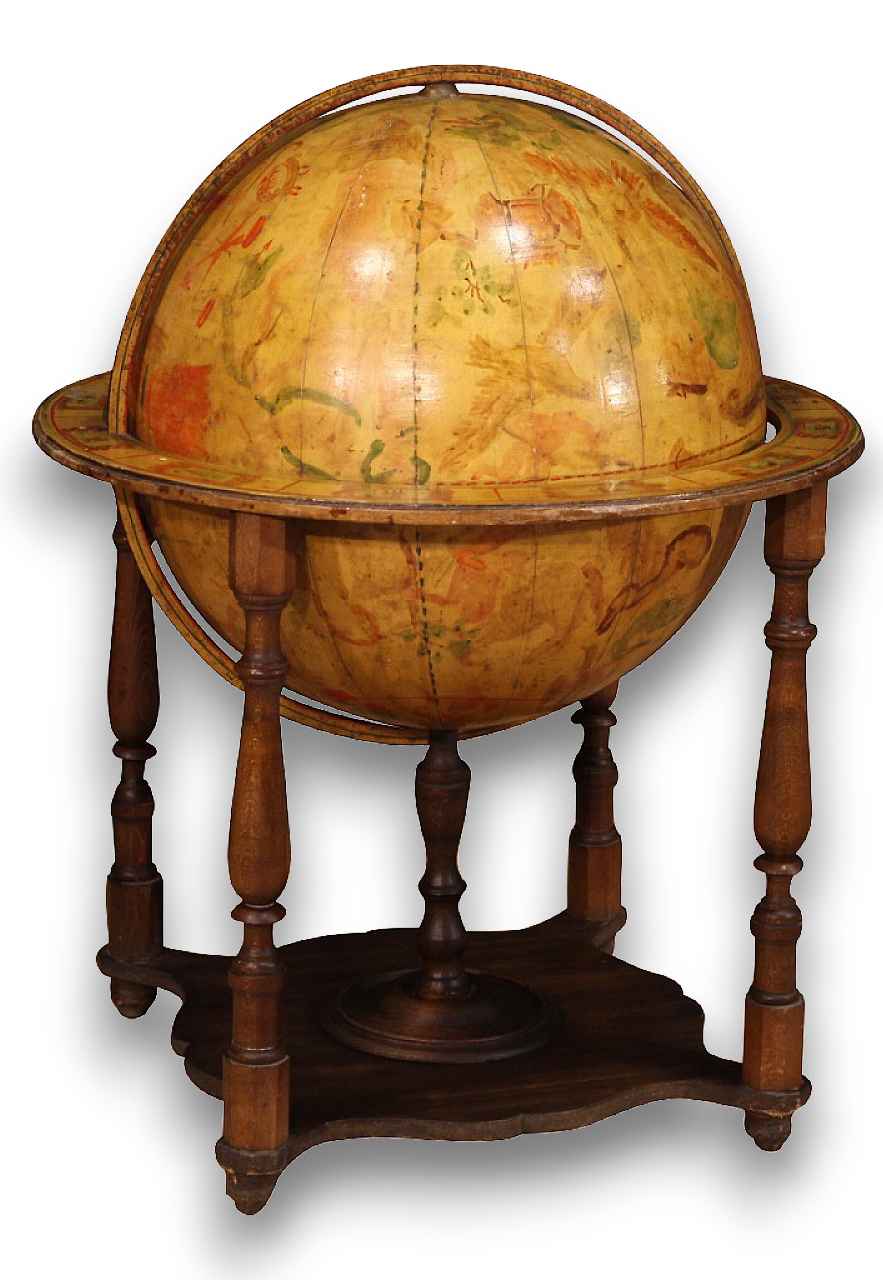
.png)
